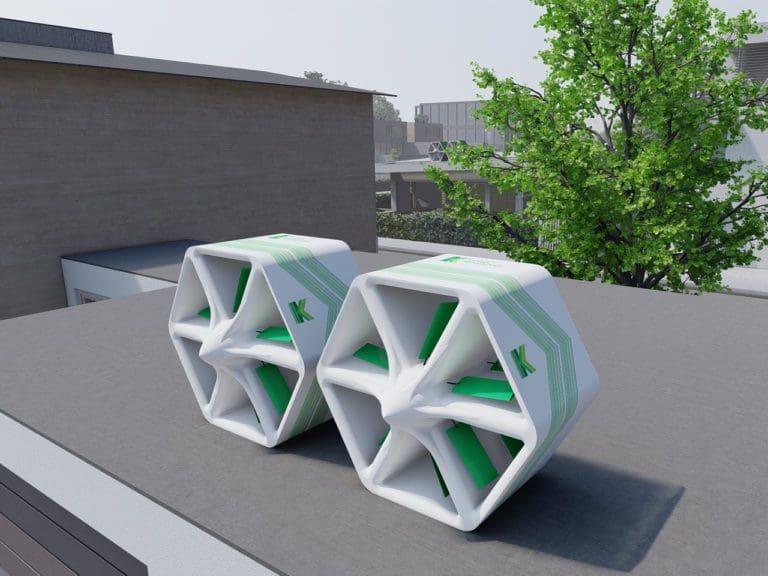
Here, Vijay Madlani, CEO of greentech innovator Katrick Technologies explains how innovative new wind technologies can improve accessibility to grassroots energy schemes in urban areas.
In recent years, there has been an increasing interest in grassroots energy schemes as communities seek ways to reduce their carbon footprint and generate renewable energy.
Accessing grassroots funding can be challenging
However, accessing funding for such grassroots energy scheme projects can be challenging for local groups, especially in deprived areas with limited resources. Fortunately, new wind technologies are emerging that could help improve access to these schemes.
The aforementioned Lawrence Weston wind turbine is a prime example of a grassroots energy scheme that generates renewable energy and benefits the local community. Traditional wind turbines can be costly to install and maintain, making them inaccessible for many grassroots initiatives.
While the Government is consulting on making it easier to build onshore wind turbines, new wind technologies are emerging that could change this landscape dramatically.
One such technology is the vertical axis wind turbine (VAWT). Unlike traditional horizontal axis wind turbines (HAWT), VAWTs are designed to be more compact and efficient, making them ideal for urban areas. They also have a lower starting wind speed, which means they can generate energy even in areas with lower wind speeds.
Emerging wind technology
Another emerging wind technology is the bladeless wind turbine. As the name suggests, these turbines don’t have blades but use a series of oscillating poles to generate energy. This design is more visually appealing and safer for wildlife, which can sometimes collide with traditional wind turbines.
Katrick Technologies are developing innovative new wind panel technology that could revolutionise how renewable energy is generated. The patented design is more efficient and flexible than traditional wind turbines, generating energy even at low wind speeds.
The panels consist of numerous channelling ducts with multiple patented aerofoils. The aerofoils convert kinetic energy from wind to mechanical oscillations, which are converted into electricity.
Katrick Technologies’ products are designed to increase access to grassroots initiatives in the future, making it easier for local communities to generate their own renewable energy. Empowering communities to control their energy needs can create a more sustainable future for all.
Moreover, they can be installed in a wider range of locations, including in urban and industrial environments. They are also more visually appealing and can be designed to blend in with their surroundings, making them more acceptable to local communities.
Empowering communities to take control of their own energy needs
New wind technologies offer exciting opportunities for grassroots energy schemes in urban areas. These technologies are more cost-effective, efficient, and accessible than traditional wind turbines, making them ideal for communities that lack the resources to fund larger projects. With the help of innovative greentech companies, we can empower communities to take control of their own energy needs and create a more sustainable future for all.


